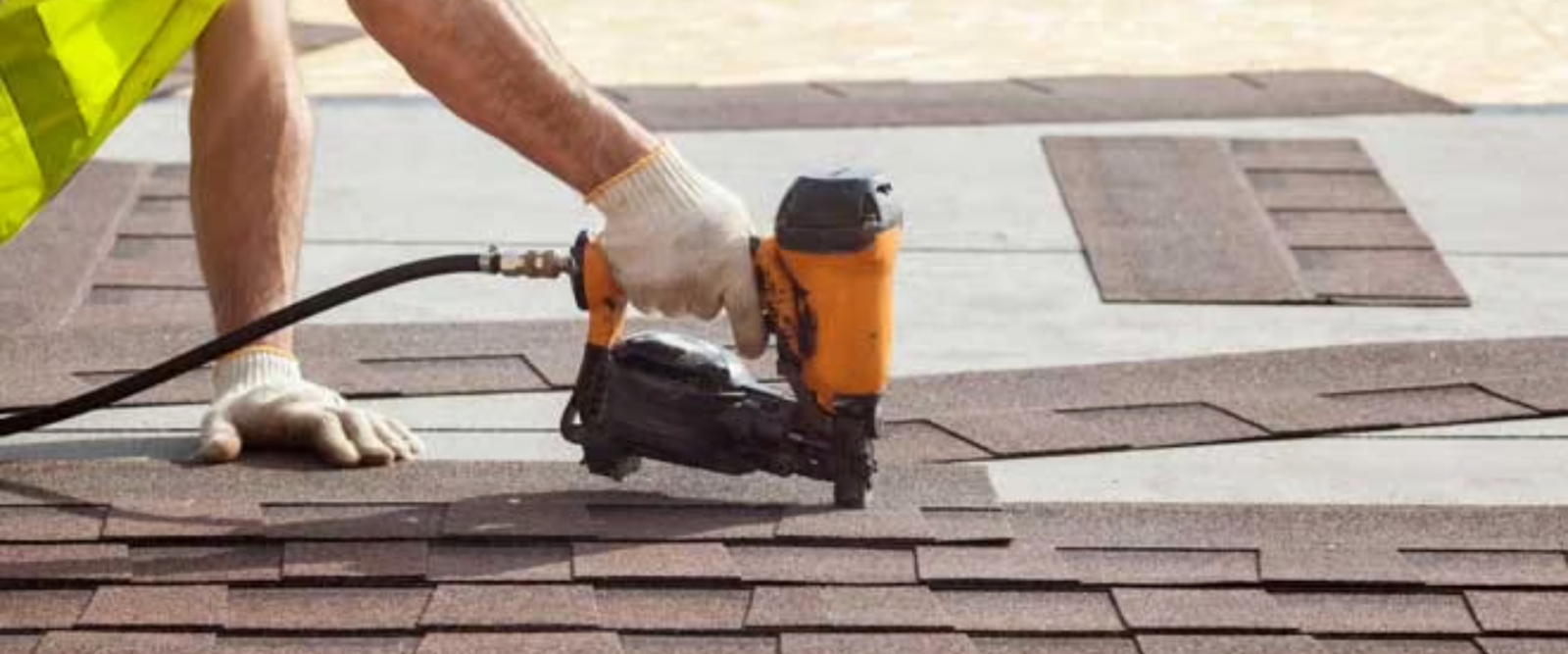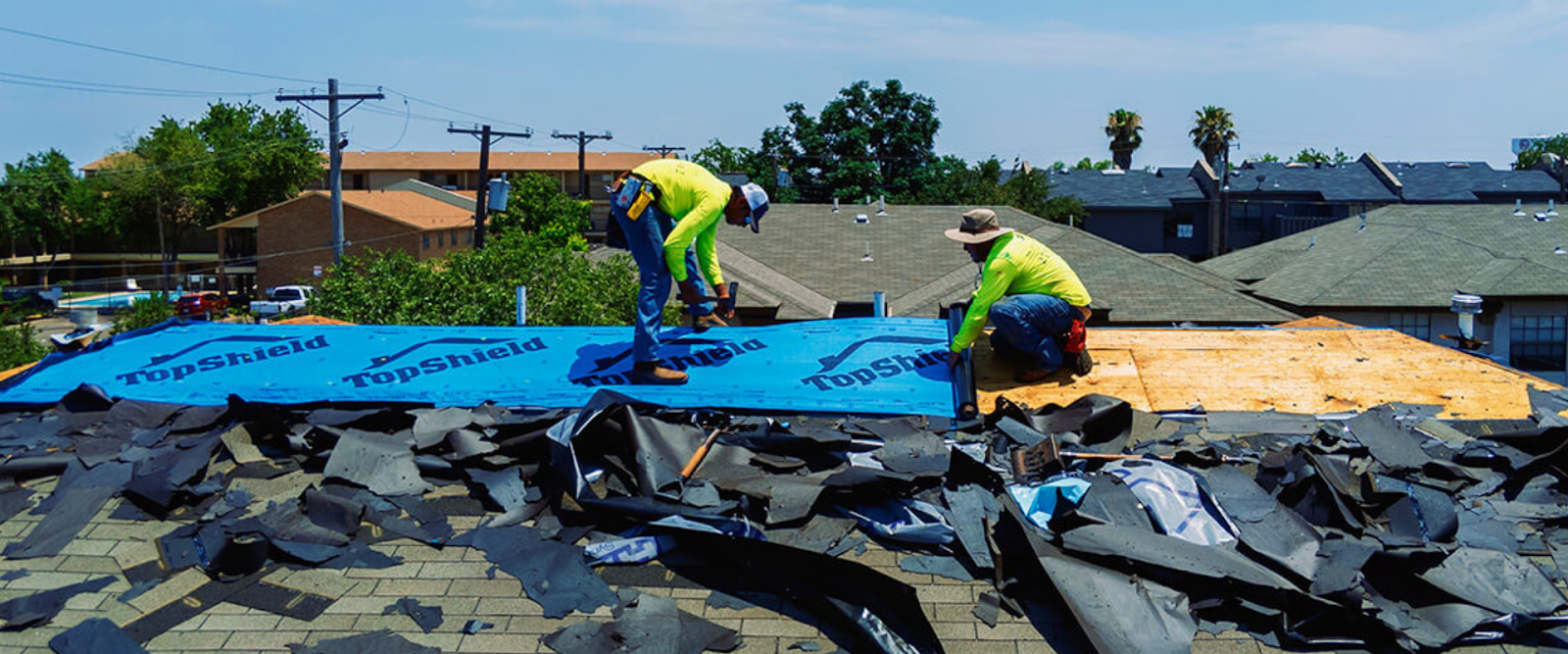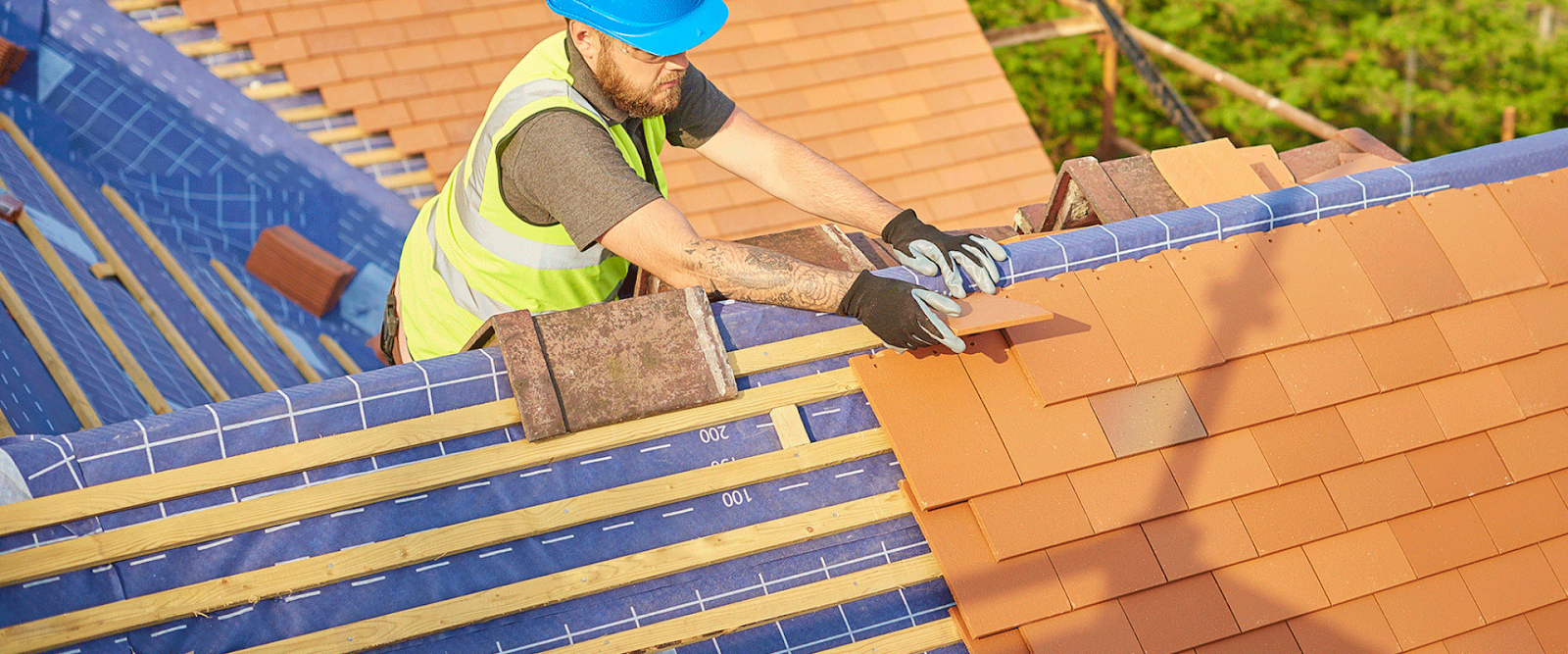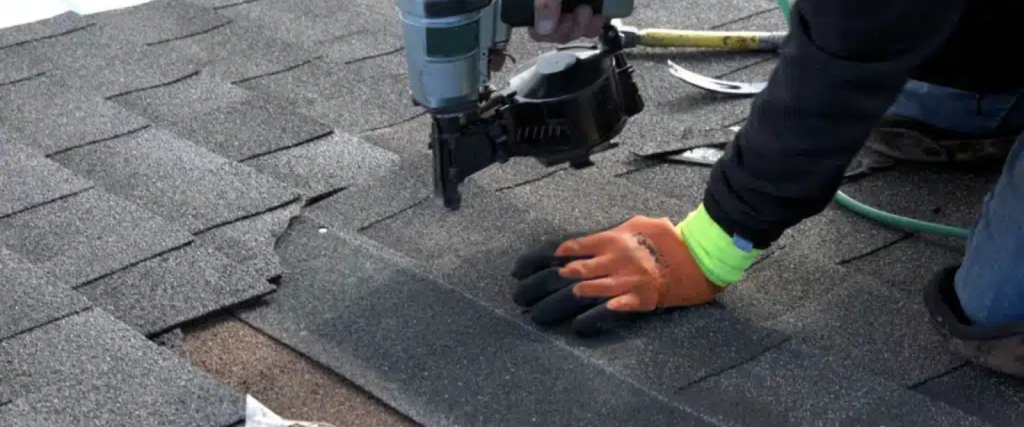Your roof is your home’s first line of defense against rain, wind, and snow, making it one of the most critical components of your property. When it’s time to address an aging or damaged roof, homeowners often face a choice between roof replacement and roof overlay. Both options have their merits, but the right decision depends on your budget, the condition of your current roof, and your long-term plans for your home.
In this comprehensive guide, we’ll explore the differences between roof replacement vs roof overlay, their pros and cons, and when each option makes sense. Whether you’re in Amityville, Bethpage, or anywhere else on Long Island, Selective Remodeling is here to help you make an informed choice.
Understanding Roof Replacement and Roof Overlay
Before diving into the details, let’s clarify what each option entails.
What is Roof Replacement?
Roof replacement involves completely removing the existing roof, shingles, underlayment, and sometimes even the decking, and installing a new roofing system. This process, often referred to as a tear-off roof, allows contractors to inspect and repair any underlying damage, such as rot, mold, or structural weaknesses. It’s a thorough approach that ensures your roof is built from the ground up, offering long-term protection.
What is Roof Overlay?
Roof overlay, also known as re-roofing, involves installing a new layer of shingles over the existing roof without removing the old one. This method is quicker and less expensive but doesn’t allow for a full inspection of the roof’s underlying structure. It’s often considered a temporary solution, especially for roofs in decent condition.
Pros and Cons of Roof Replacement
Roof replacement is a significant investment, but it offers substantial benefits. Here’s a detailed look at its advantages and drawbacks.
Pros of Roof Replacement
- Longer Lifespan: A roof installation typically lasts 20–50 years, depending on materials like asphalt, metal, or slate.
- Improved Energy Efficiency: Modern roofing materials enhance insulation, reducing energy bills.
- Fixes Underlying Issues: A tear-off allows contractors to inspect and repair decking, ensuring no hidden damage remains.
- Increases Home Value: A new roof boosts curb appeal and resale value, making it a wise investment.
Cons of Roof Replacement
- Higher Upfront Cost: Replacing the old roof with a new one is more expensive than an overlay.
- Longer Installation Time: The process can take several days, depending on the roof’s size and complexity.
- Disruptive Process: The tear-off can be noisy and create debris, requiring cleanup.

Pros and Cons of Roof Overlay
Roof overlay is a more budget-friendly option but comes with limitations. Here’s a breakdown:
Pros of Roof Overlay
- Faster Installation: Often completed in 1-2 days, minimizing disruption.
- Less Debris: No need to remove the old roof, reducing waste and disposal costs.
- Temporary Solution: Extends roof life by 15-20 years, ideal for quick fixes or if you’re planning to sell soon.
Cons of Roof Overlay
- Shorter Lifespan: Generally lasts 15-20 years, compared to 20-50 years for replacement.
- Hidden Issues: You can’t inspect or repair the underlying structure, which may lead to future problems.
- Weight Concerns: Adding another layer increases roof weight, potentially stressing older structures.
- Limited to One Layer: Most building codes allow only two layers of roofing; if your roof already has two layers, an overlay isn’t an option.
An overlay vs replacement roof decision often comes down to budget and the condition of your existing roof. If your roof has only one layer of shingles and minimal damage, reroofing can be a practical choice.

When to Choose Roof Replacement
Roof replacement is the better choice in the following scenarios:
- Extensive Damage: If your roof has significant issues like leaks, rot, or structural damage, a tear-off roof is necessary to address these problems.
- Multiple Layers: If your roof already has two layers of shingles, building codes typically require replacement rather than overlay.
- Material Upgrade: If you want to switch to a different roofing material, such as metal or tile, replacement is required.
- Long-Term Investment: If you plan to stay in your home for many years, replacement offers a longer-lasting solution and better return on investment.
- Resale Value: A new roof can significantly boost your home’s value, making it ideal if you’re planning to sell soon.
When to Choose Roof Overlay
Roof overlay may be suitable in these situations:
- Minor Issues: If your roof is in good condition but needs a refresh, an overlay can extend its life.
- Budget Constraints: If you’re looking for a cost-effective solution, an overlay is more affordable.
- Time Constraints: If you need a quick fix with minimal disruption, an overlay is faster.
- Short-Term Plans: If you’re planning to sell your home soon, overlay can be a cost-effective way to improve its appearance.
Energy Efficiency and Roof Ventilation
Proper roof ventilation is crucial for energy efficiency and roof health. It prevents moisture buildup, which can lead to mold, mildew, and structural damage, and helps regulate attic temperature, reducing energy bills. Roof replacement allows for the installation of advanced ventilation systems, such as
- Ridge Vents: Virtually invisible, highly effective, but expensive if not pre-installed.
- Soffit Vents: Provide continuous airflow from the eaves to the attic.
- Power Vents: Effective for larger roofs, but more visible.
Roof overlay relies on existing ventilation, which may not be adequate. Regular roof maintenance, including cleaning vents and checking for blockages, is essential for both options.

Hiring a Professional Roofing Contractor
Whether you choose roof replacement or roof overlay, hiring a professional roofing contractor is critical for quality and safety. Here’s how to find the right one:
- Check Credentials: Ensure the contractor is licensed, insured, and bonded. Verify through your state’s contractor licensing association.
- Ask for References: Request references and check online reviews on platforms like the Better Business Bureau.
- Get Multiple Quotes: Compare bids from at least three contractors to ensure a fair price.
- Ask Questions: Inquire about their experience, warranty options, and process for handling weather delays or material disposal.
- Local Expertise: Choose a contractor familiar with Long Island’s climate and building codes.
Why Choose Selective Remodeling for Your Roofing Needs?
Selective Remodeling provides roofing installation services on Long Island, ensuring your roof is built to last. Whether you need a new roof installation or a cost-effective overlay, we use high-quality roofing materials tailored to your home’s needs. Our commitment to craftsmanship ensures your roof protects your home for years to come.
FAQ
What are the reroofing pros and cons?
Reroofing, or overlay, is cheaper and faster but may hide underlying damage and has a shorter lifespan. A complete tear-off roof is more expensive but offers more extended durability and fixes structural issues.
Can I overlay a roof with two existing layers?
Most building codes allow only two layers of shingles. If your roof already has one layer, a new roof installation is likely required.
How long does a new roof installation take?
A full replacement typically takes 2–5 days, depending on the roof’s size and complexity. Overlays are faster, often completed in 1–2 days.
Is an overlay or replacement better for roof upgrade options?
Replacements are better for long-term durability and energy efficiency, while overlays suit budget-conscious homeowners with minimal roof damage.
Make the Right Choice for Your Home
Choosing between roof replacement and roof overlay depends on your roof’s condition, budget, and long-term goals. While roof overlay offers a quick, cost-effective solution, roof replacement provides superior durability, energy efficiency, and peace of mind. A detailed roof inspection checklist to assess your needs and recommend the best solution.
For Long Island homeowners, Selective Remodeling offers expert roofing installation services.
Contact us today for an inspection and let us help you protect your home with a roof built to last.

